Also over Easter, I went to the Museum of Science and Industry in
Manchester. Images follow:
cc-by-sa on
everything.
Avro F, first enclosed-cabin monoplane to fly (1912). It wasn't
preserved, so this is a modern replica.
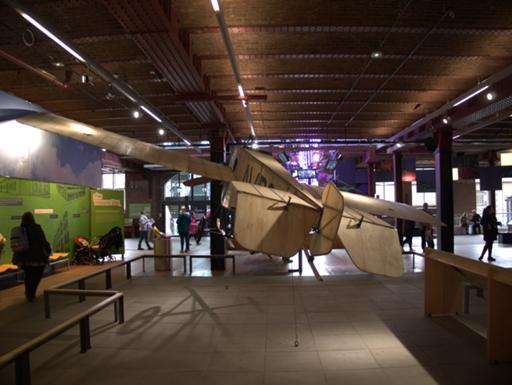
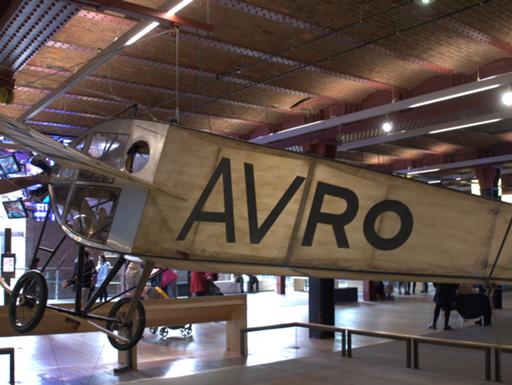
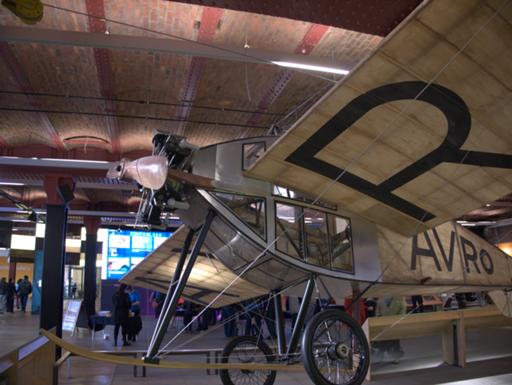
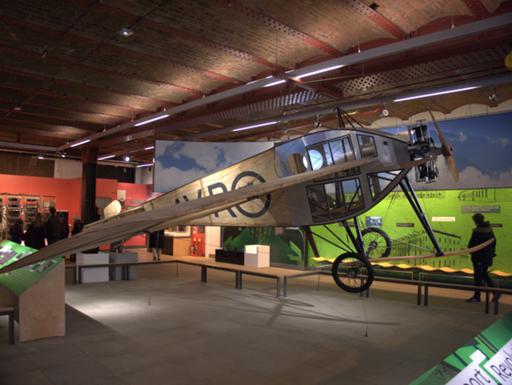
Manchester Baby, first stored-program computer; another
reconstruction, though apparently using period components.
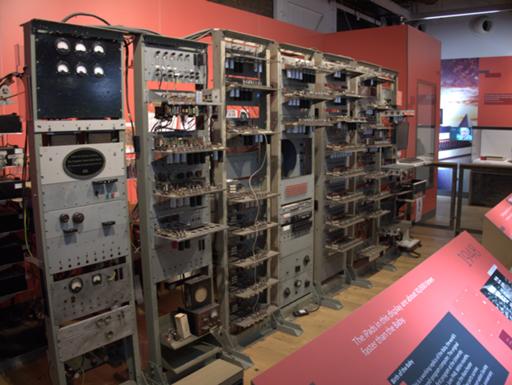
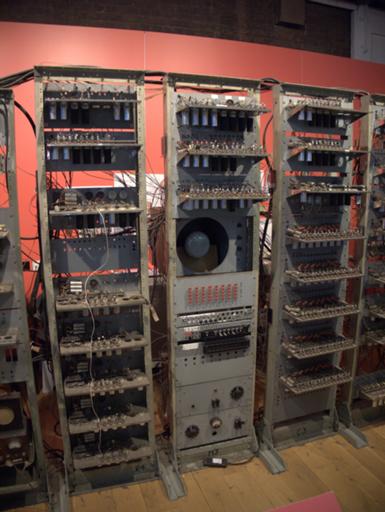
Whitworth planing table, this one used at the Crewe locomotive works
to make horn blocks for axle boxes.
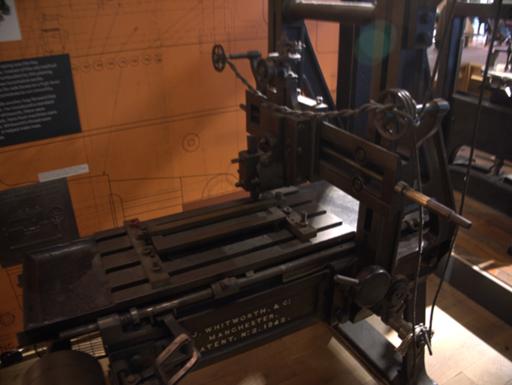
Various mill machinery. (I am not particularly interested in cotton,
but someone who is would have fun here.)
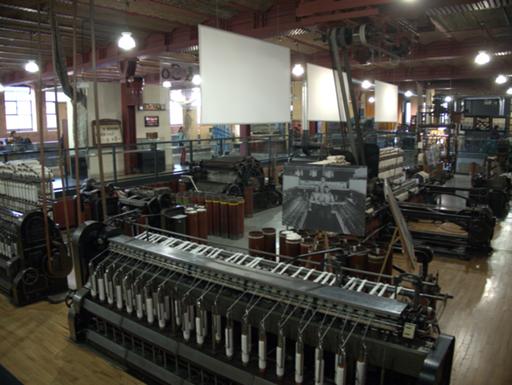
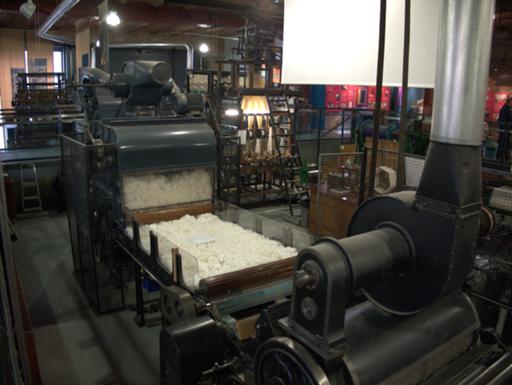
Programmed loom for coloured ribbons.
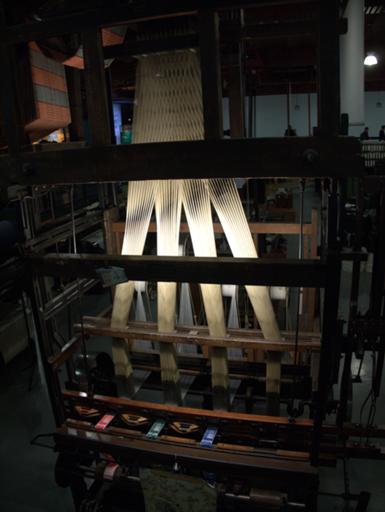
Nameless steam condenser.
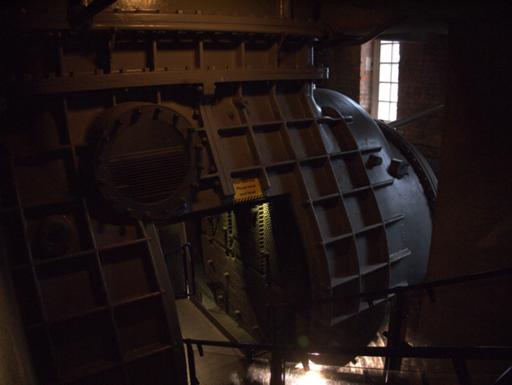
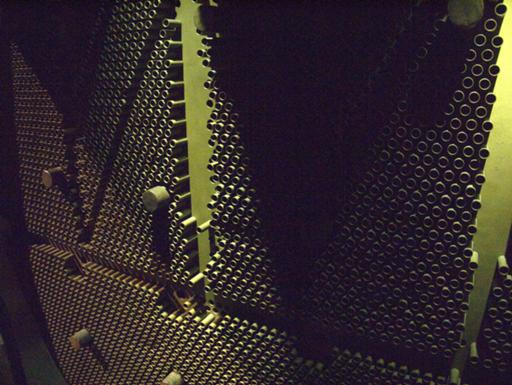
Parsons steam turbine, the fourth production model, from 1885; used
for electric lighting on the steamship Earl Percy.
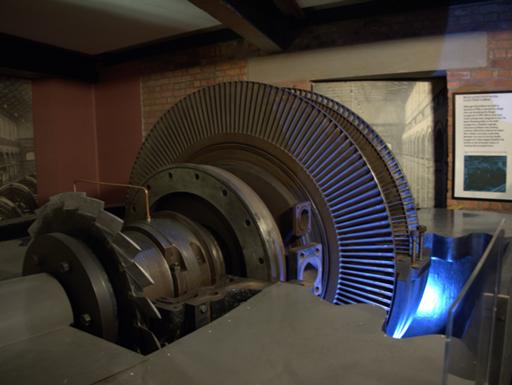
Brush Ljungstrom radial-flow steam turbine (1910 design, this one from
1957; how many industrial designs from 1969 are being manufactured
now?).
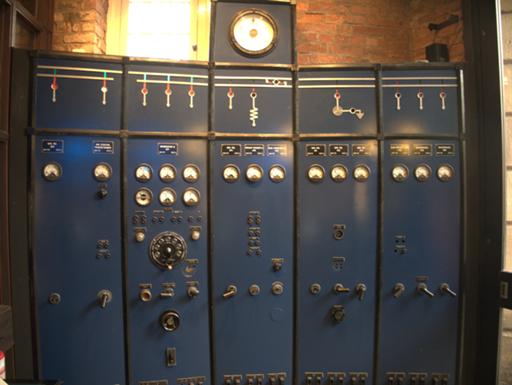
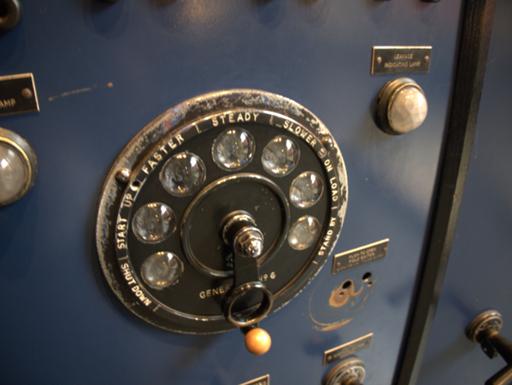
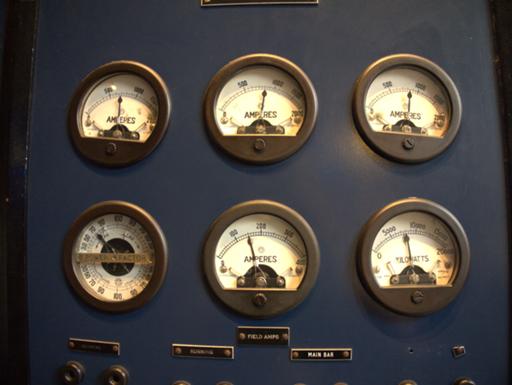
Control room equipment from Back o' th' Bank power station in
Bolton, 1935.
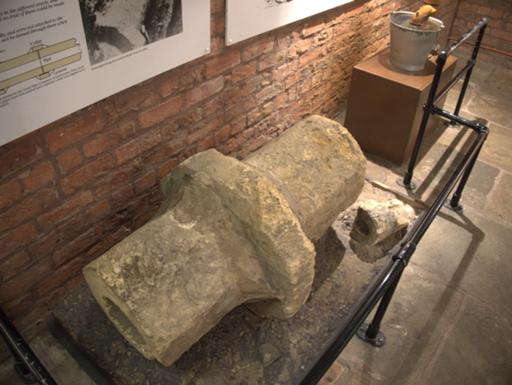
Limestone sewer pipe from the early 1800s. You might think limestone
wouldn't work very well. You'd be right; the company realised this
after a bit, but couldn't admit anything to its shareholders, and went
comprehensively bust.
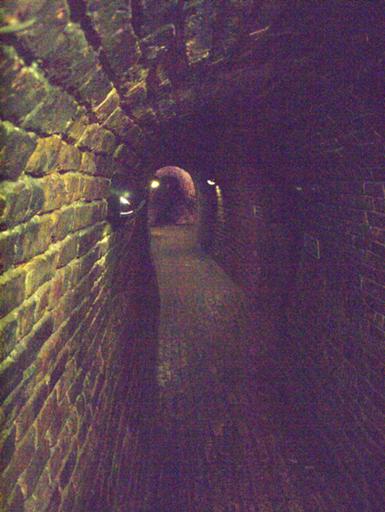
Reconstruction of vaulted sewer section.
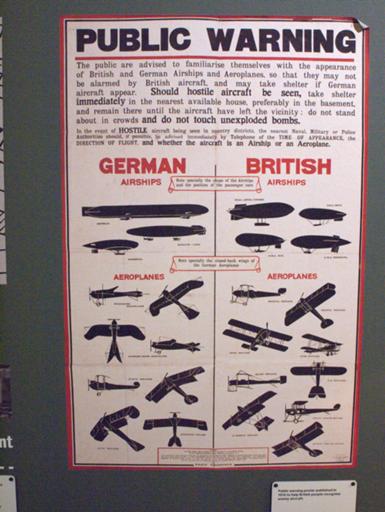
Know your airships!
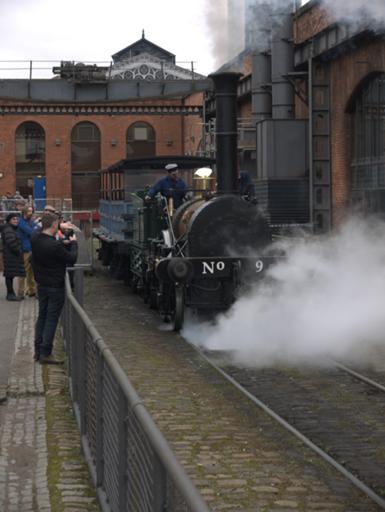
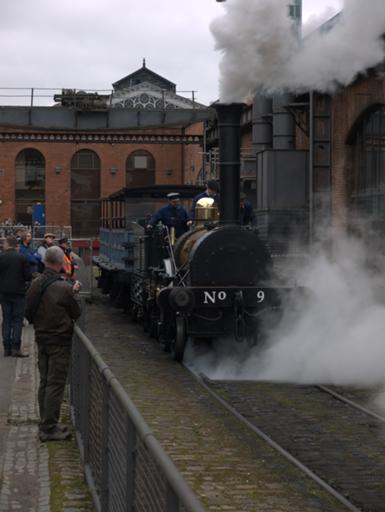
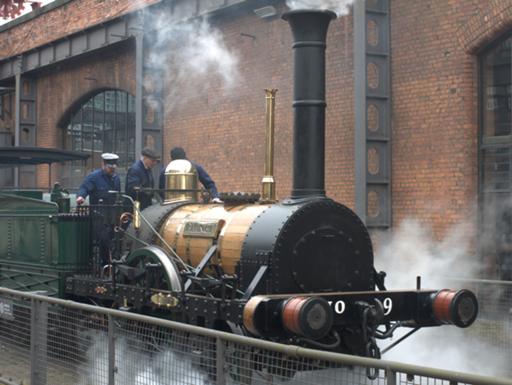
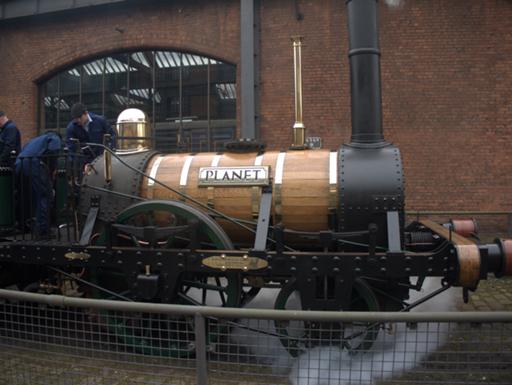
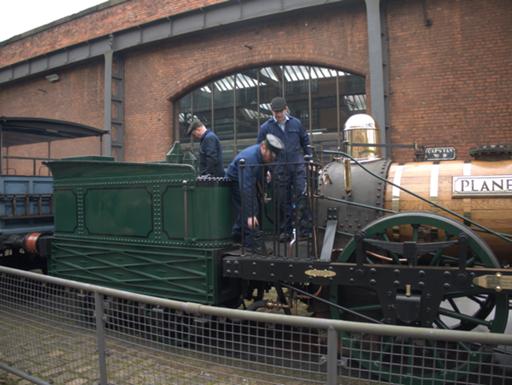
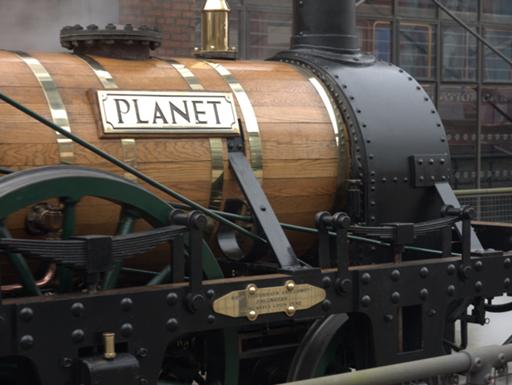
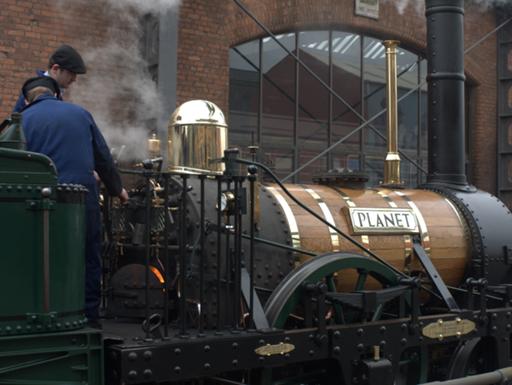
Live steam! It was only hauling people down to the end of the site and
back, but the smell is still one of my favourite things. (Replica of
Stephenson's
Planet class.
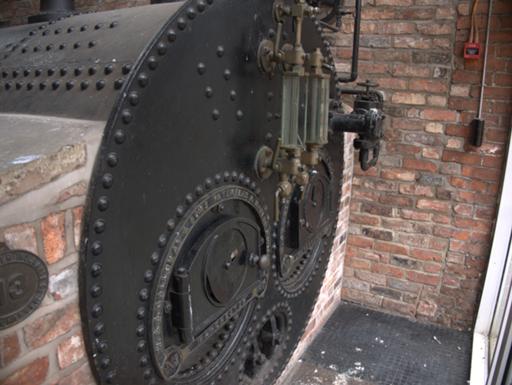
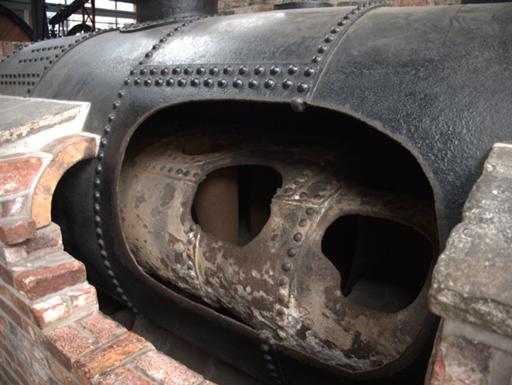
Into the Power House. A Lancashire boiler made by Galloways in 1889,
with twin furnaces for higher efficiency.
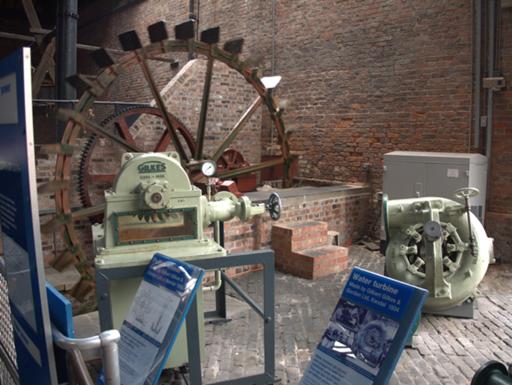
Water wheels and pumps.
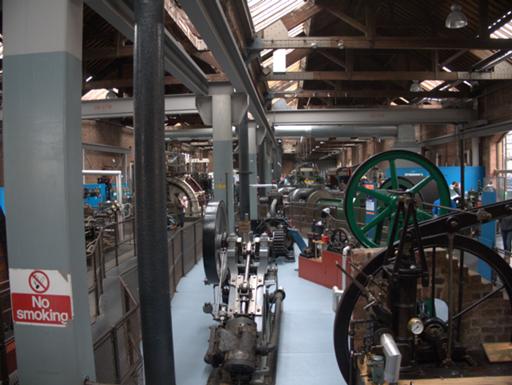
The main hall. Well, about half of it. Anyone searching for
inspiration for steampunk machinery should spend several hours here.
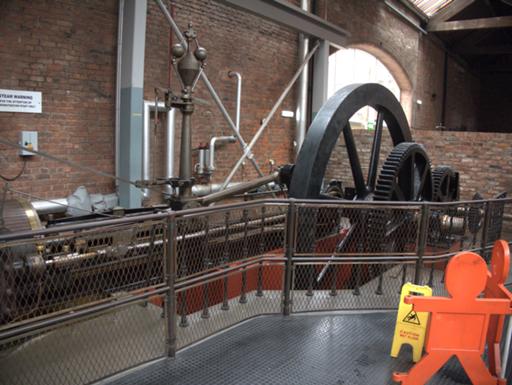
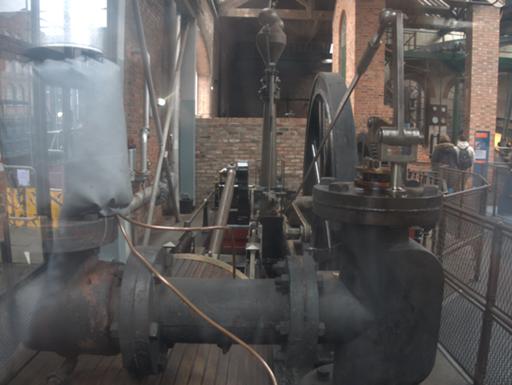
An early mill engine (Earnshaw and Holt of Rochdale, 1864).
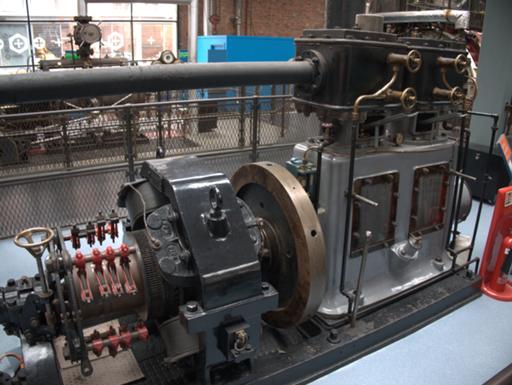
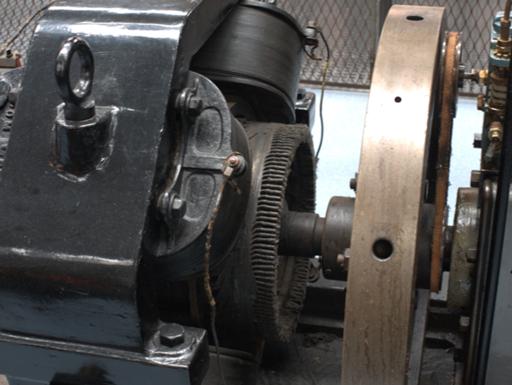
Electrical genset, 1910.
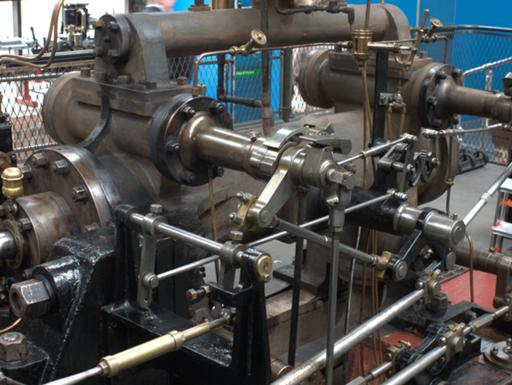
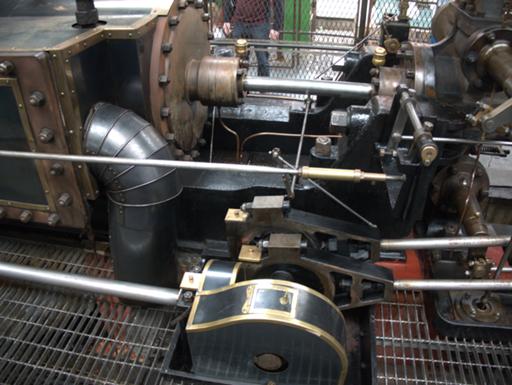
I didn't get the details of this one, but it's lovely even so.
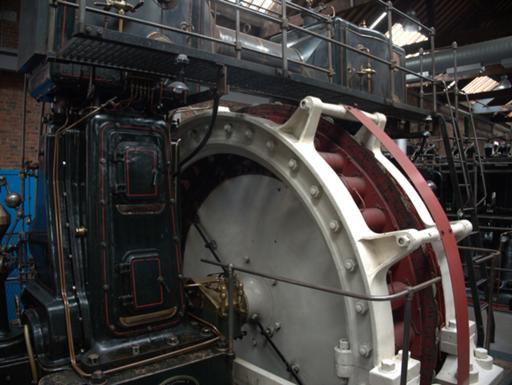
Ferranti cross-compound inverted engine, 1900.
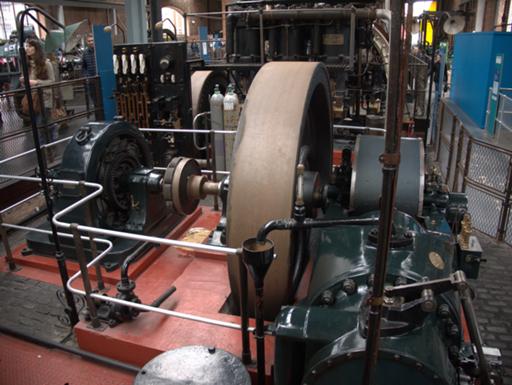
1928 diesel genset.
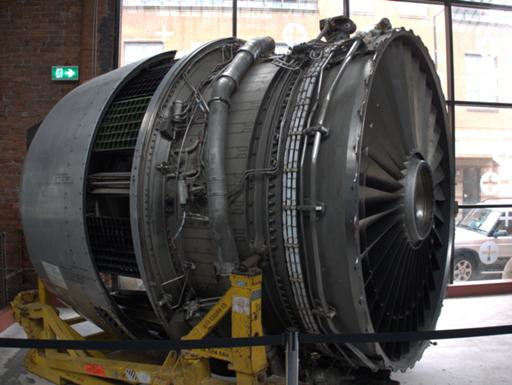
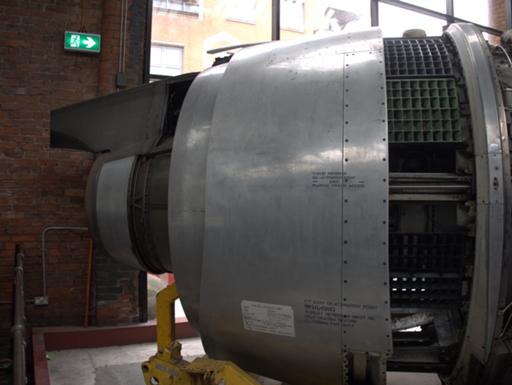
RB211-22B high-bypass turbofan.
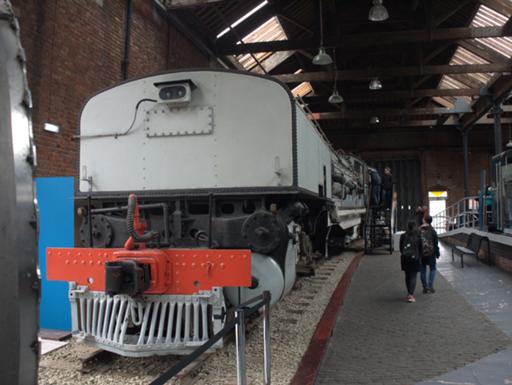
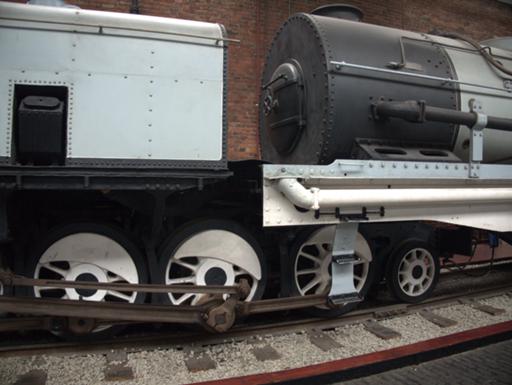
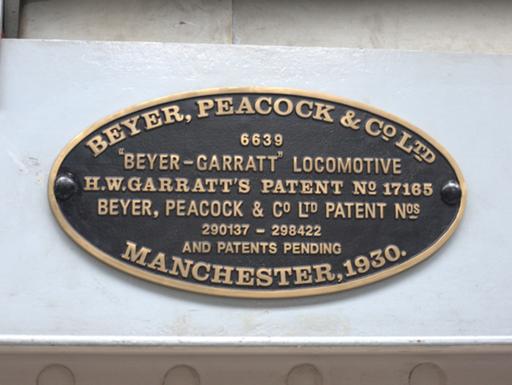
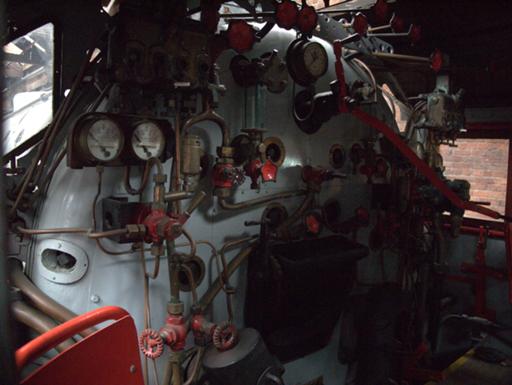
Beyer-Garratt
GL class
locomotive, 1930: in three articulated parts, a central boiler and two
sets of cylinders, to fit round tight curves.
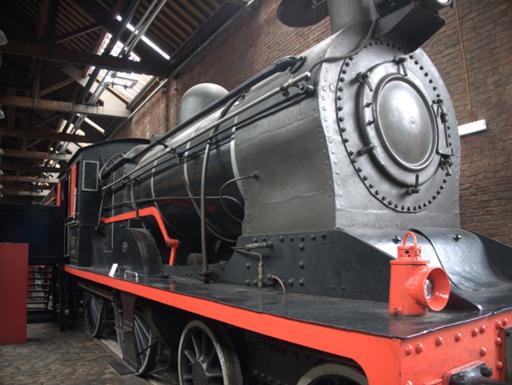
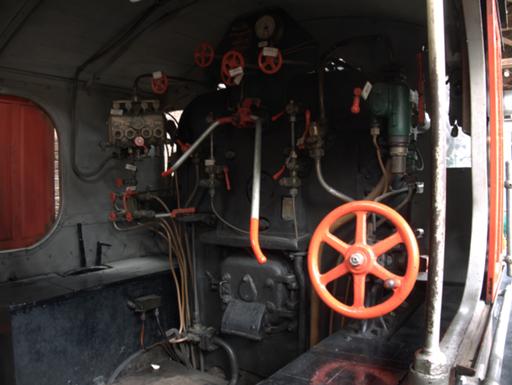
Vulcan 4-4-0, a broad-gauge locomotive by Beyer, Peacock and Co.
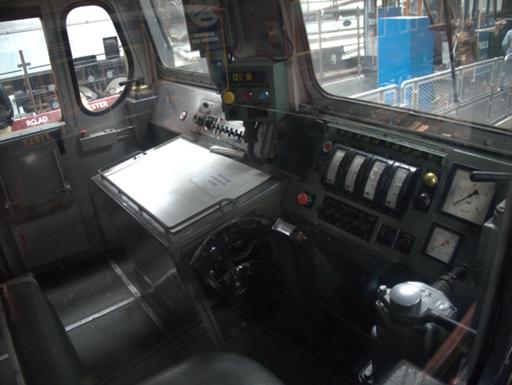
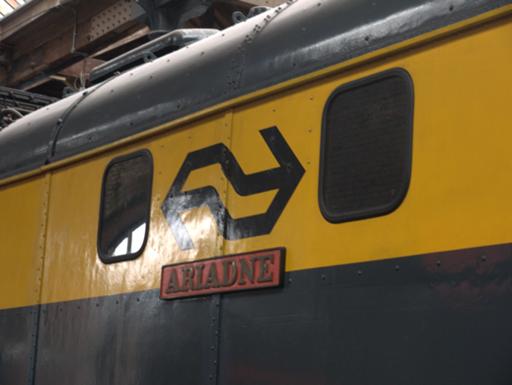
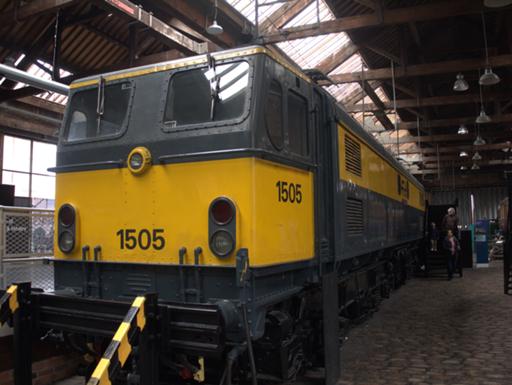
EM2 Ariadne,
BR Class 77 in
Nederlandse Spoorwegen livery.
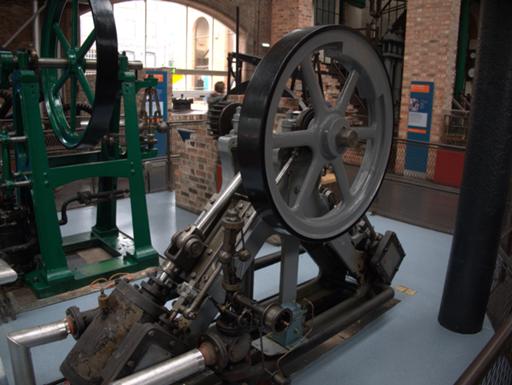
Double diagonal engine (J. Wood of Ramsbottom, 1890). Offered a quick
start-up.
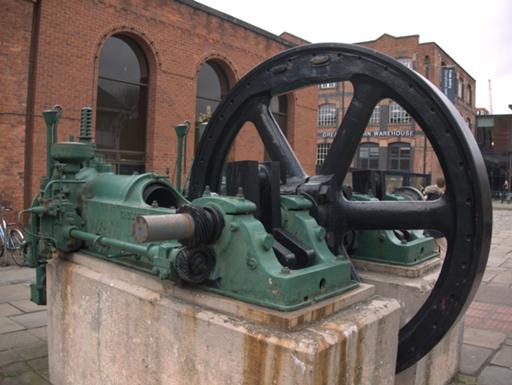
Outside.
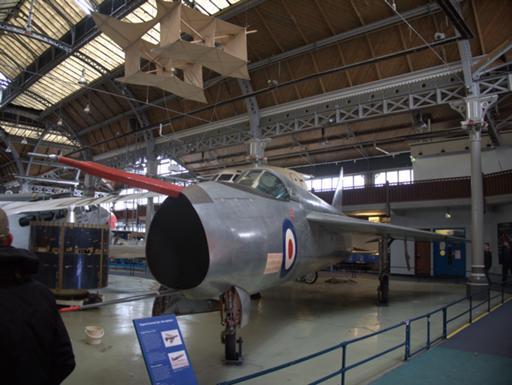
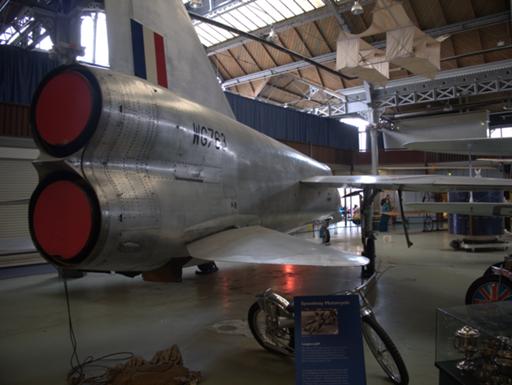
Over into the Air and Space hall. Well, air, anyway. English Electric
P.1A, development airframe for the Lightning.
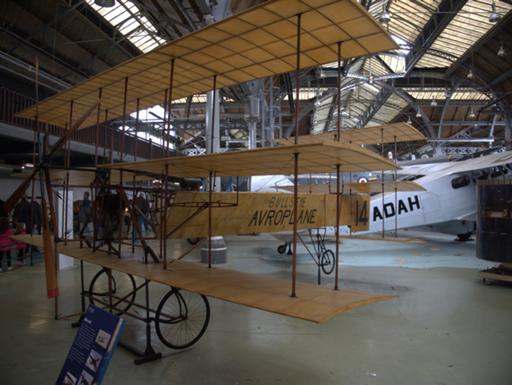
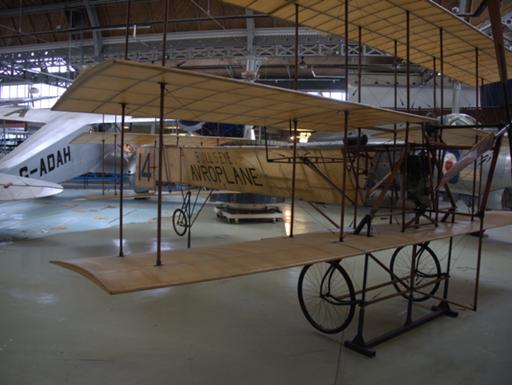
Roe Triplane I (before he formed Avro).
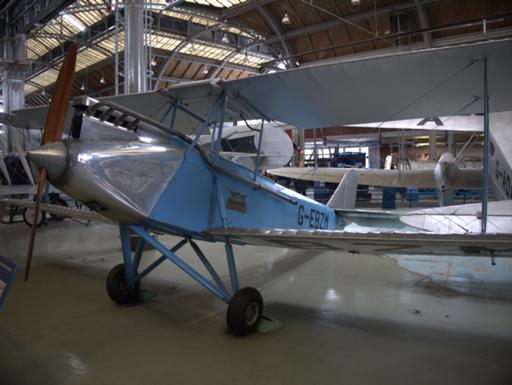
Avro Avian IIIA. (The whole Avian line was comprehensively outsold by
the de Havilland Moth family.)
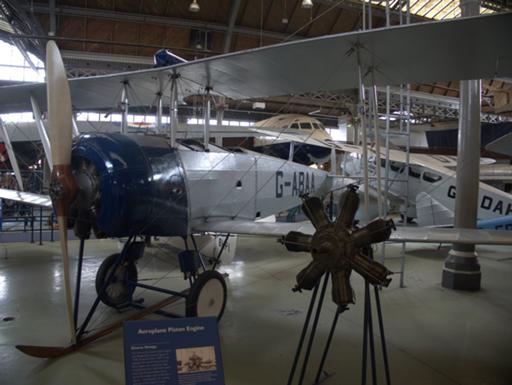
Avro 504K.
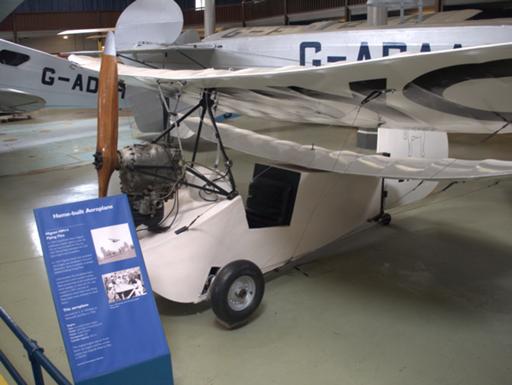
Flying Flea. (Many aviation museums seem to have one of these. I
assume the recall was effective before most of them crashed.)
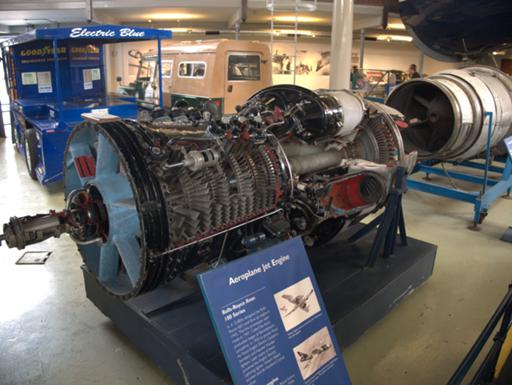
Rolls-Royce Avon 100.
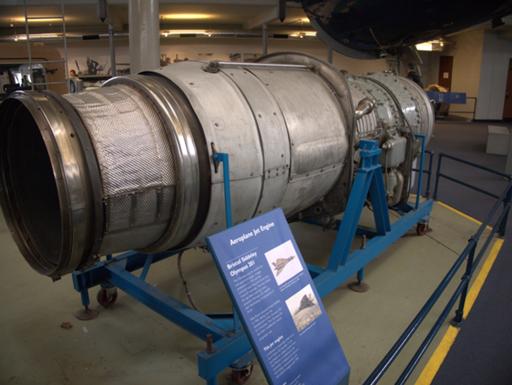
Bristol Siddeley Olympus 201.
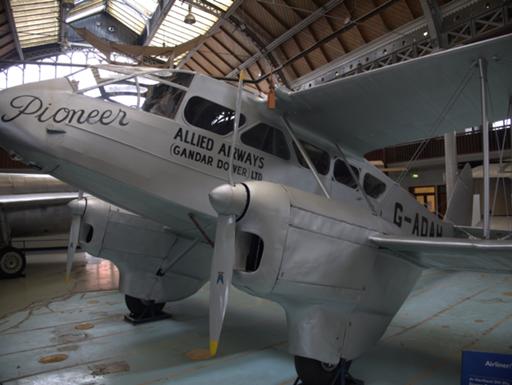
An old friend, DH.89a Dragon Rapide.
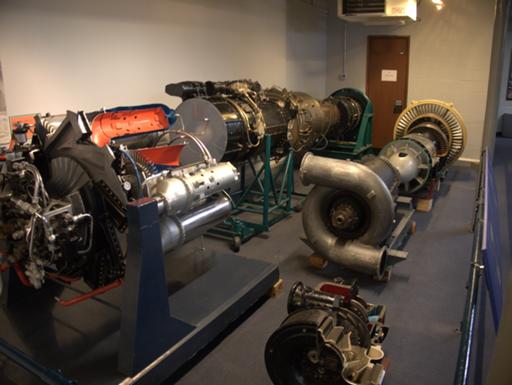
A miscellany of engines. (Power Jets W2/700, Napier TS100 blower to
supercharge diesels, Metro-Vickers B10 Betty compressor, P2/1 jet,
F2/2 Frieda compressor, P2/3 jet and P3 augmentor.)
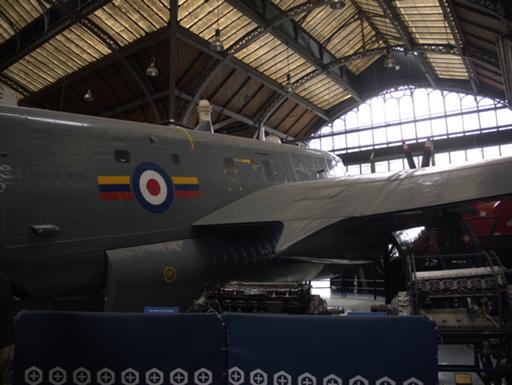
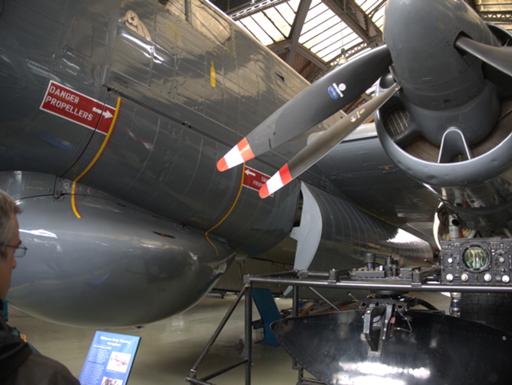
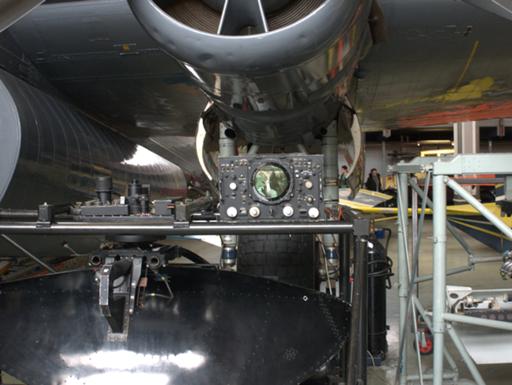
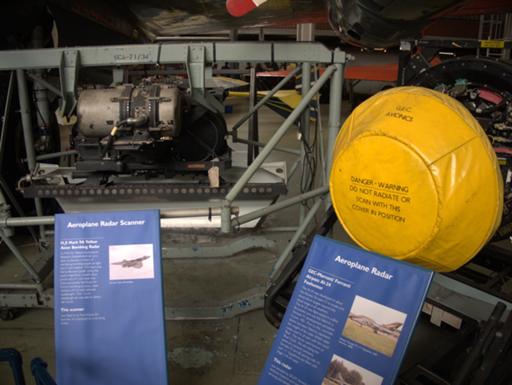
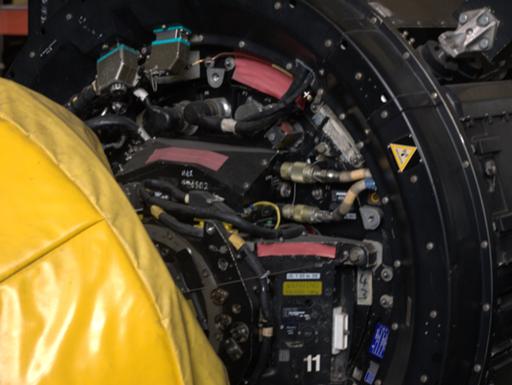
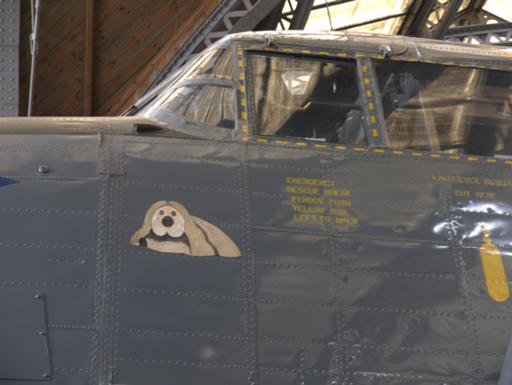
A flying overcast: AEW Shackleton.
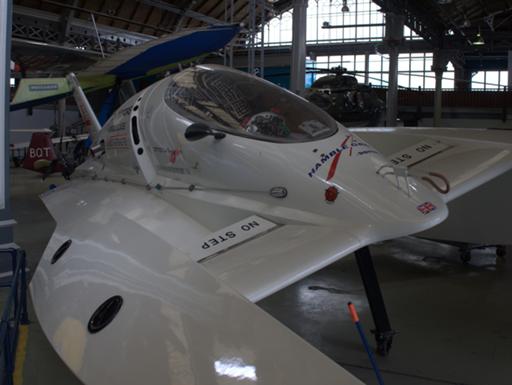
Miss Windermere VI,
past propeller-driven water speed record holder.
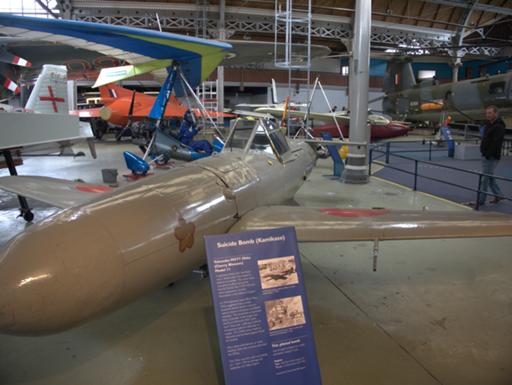
One of very few surviving
Ohka suicide planes;
this is an unpowered glider prototype.
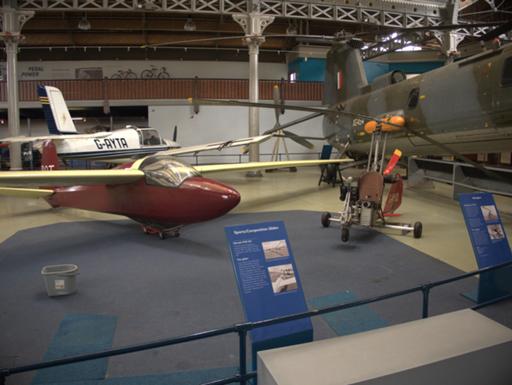
Olympia EoN 463 glider and Bensen B-7M autogyro.
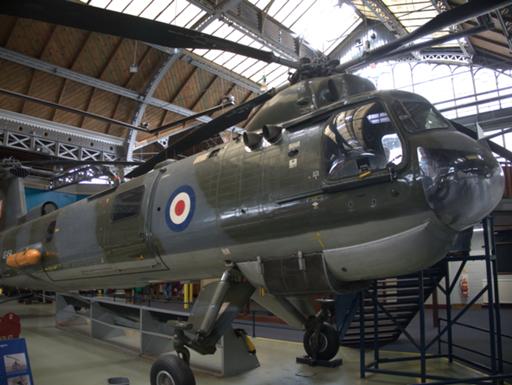
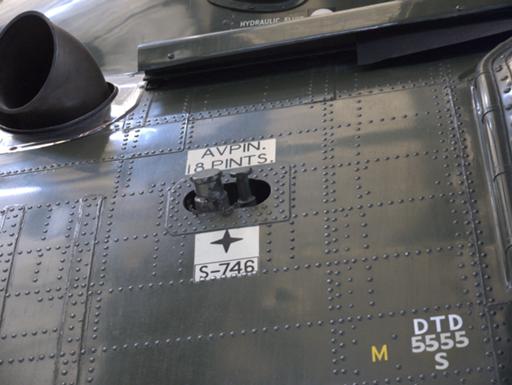
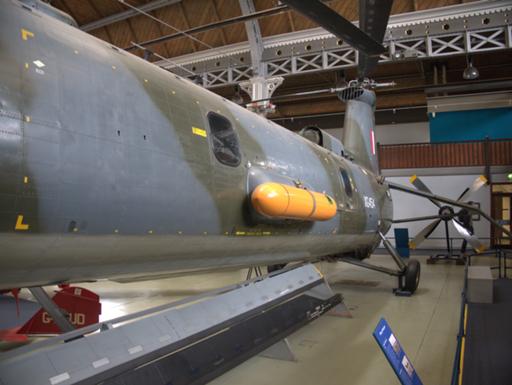
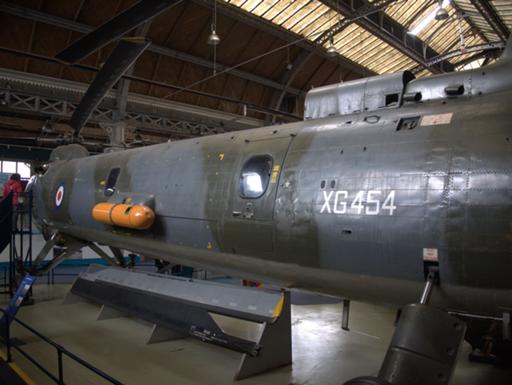
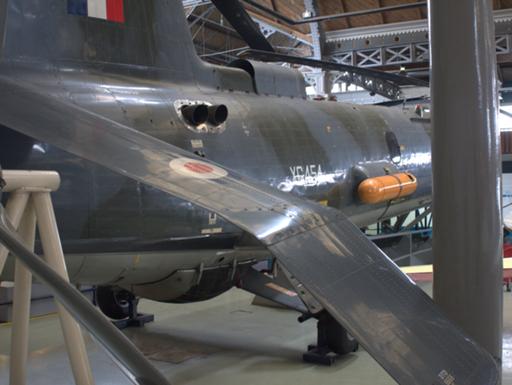
Bristol Belvedere, in RAF service 1961-1969. (AVPIN is an engine
starting aid, isopropyl nitrate. Its explosion products are themselves
explosive when mixed with air.)
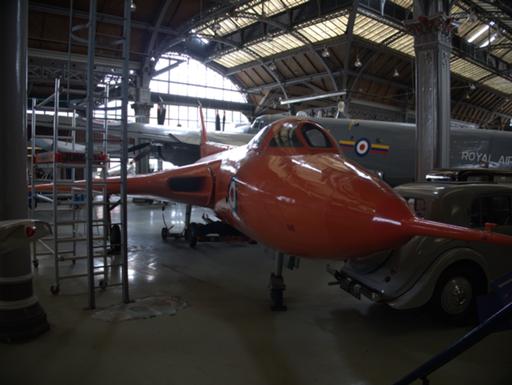
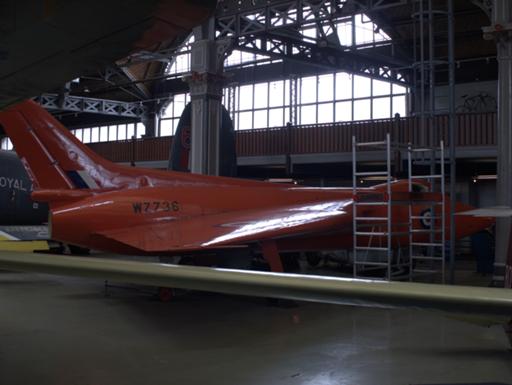
From Avro to Avro: the 707, one of three sub-scale models for the Vulcan.
Overall, things are tucked away in obscure places, and the overall
theme seems to be "stuff that was built in Manchester", but this was
still well worth the trip.
Comments on this post are now closed. If you have particular grounds for adding a late comment, comment on a more recent post quoting the URL of this one.